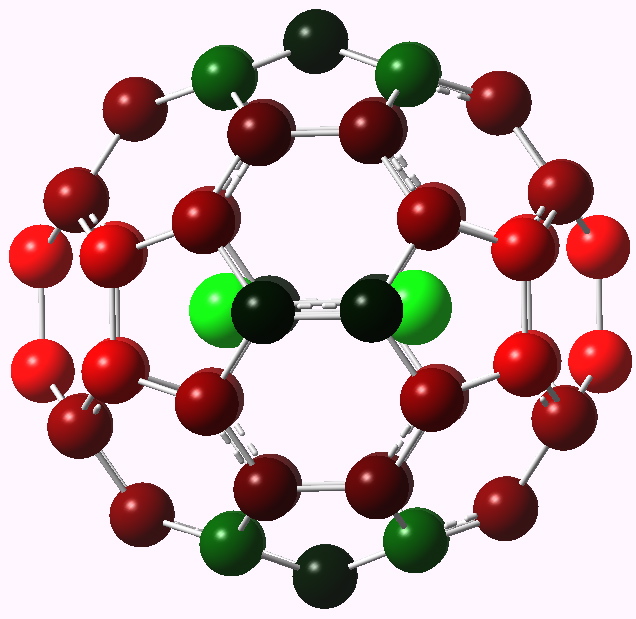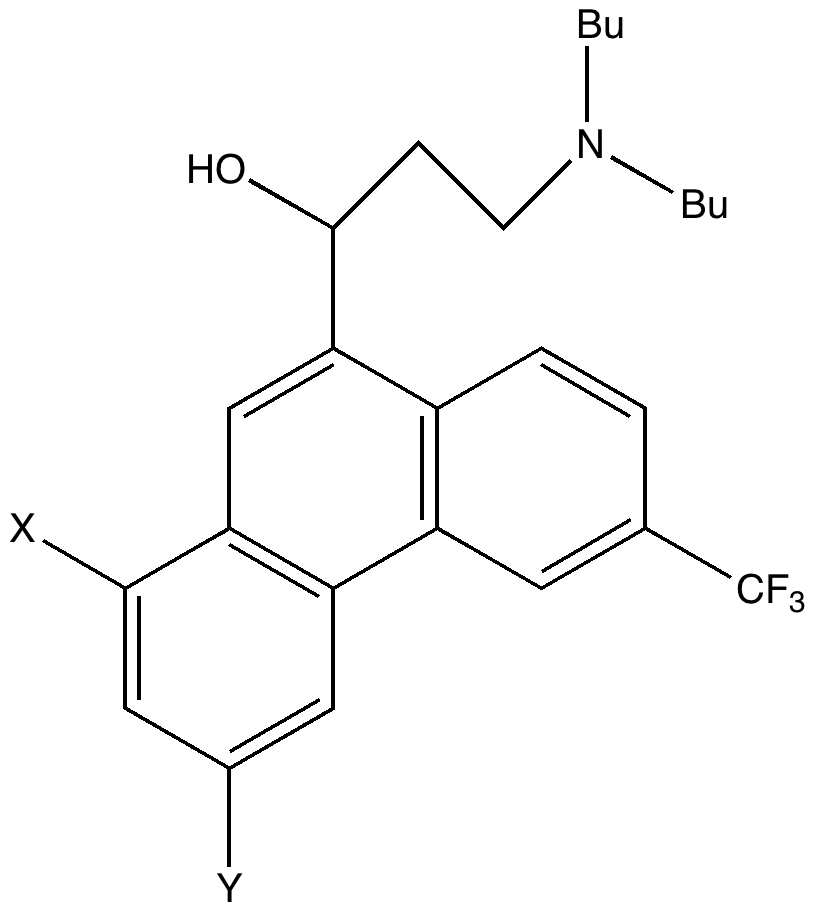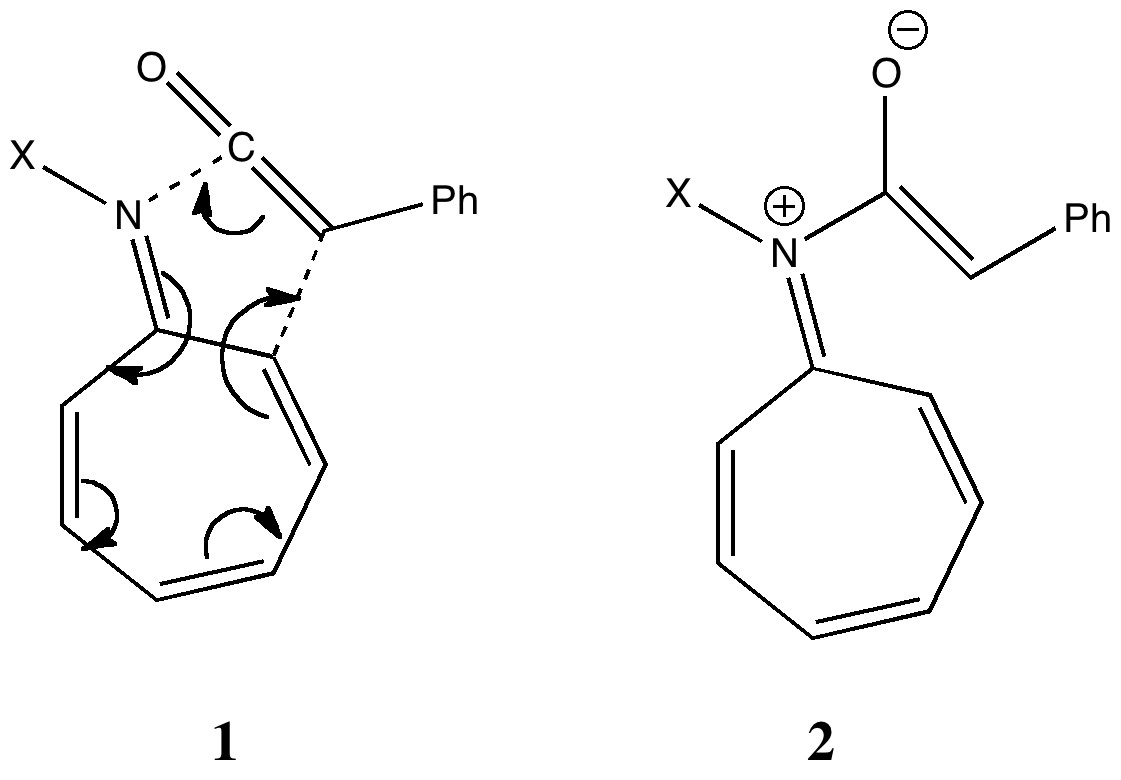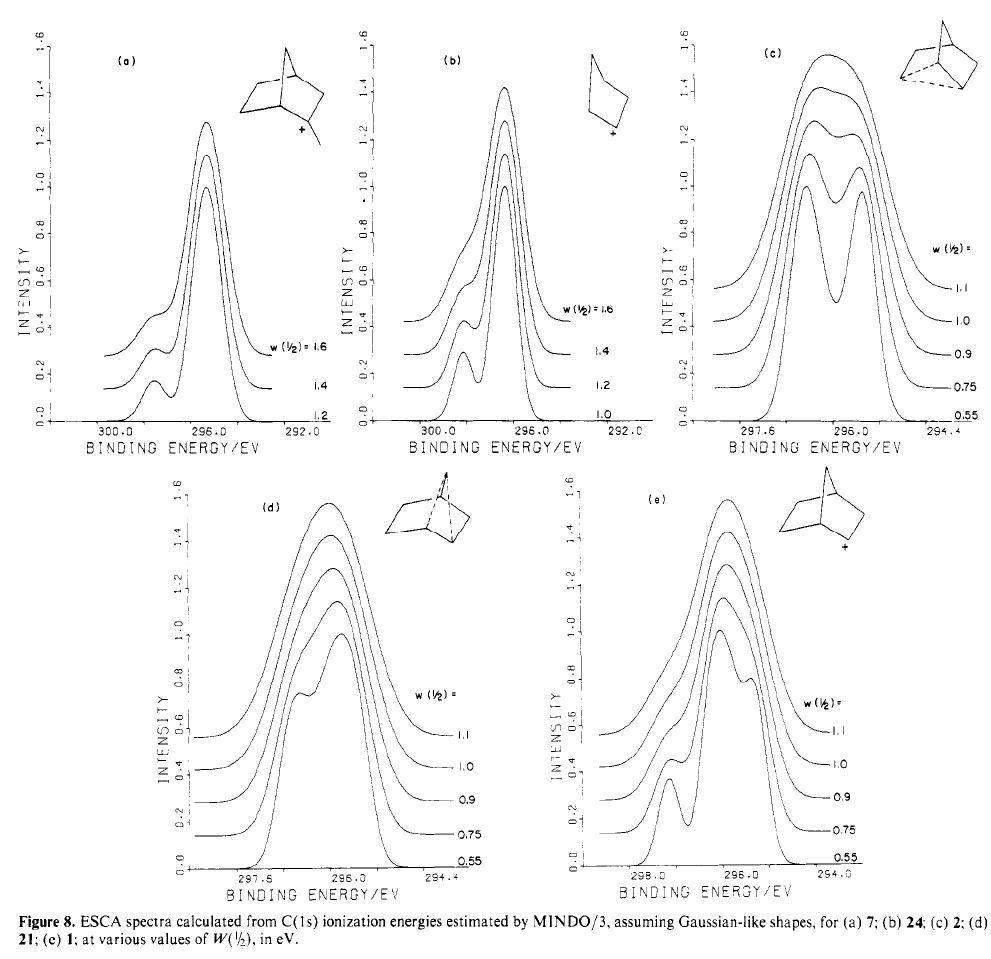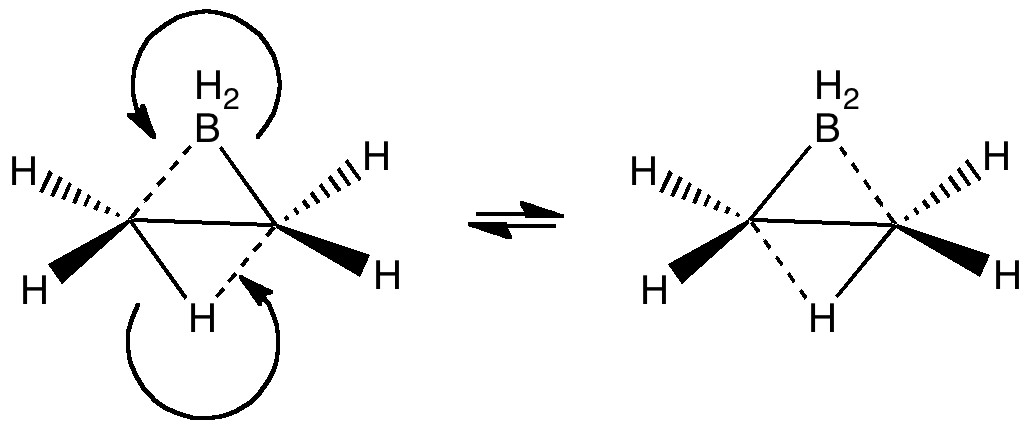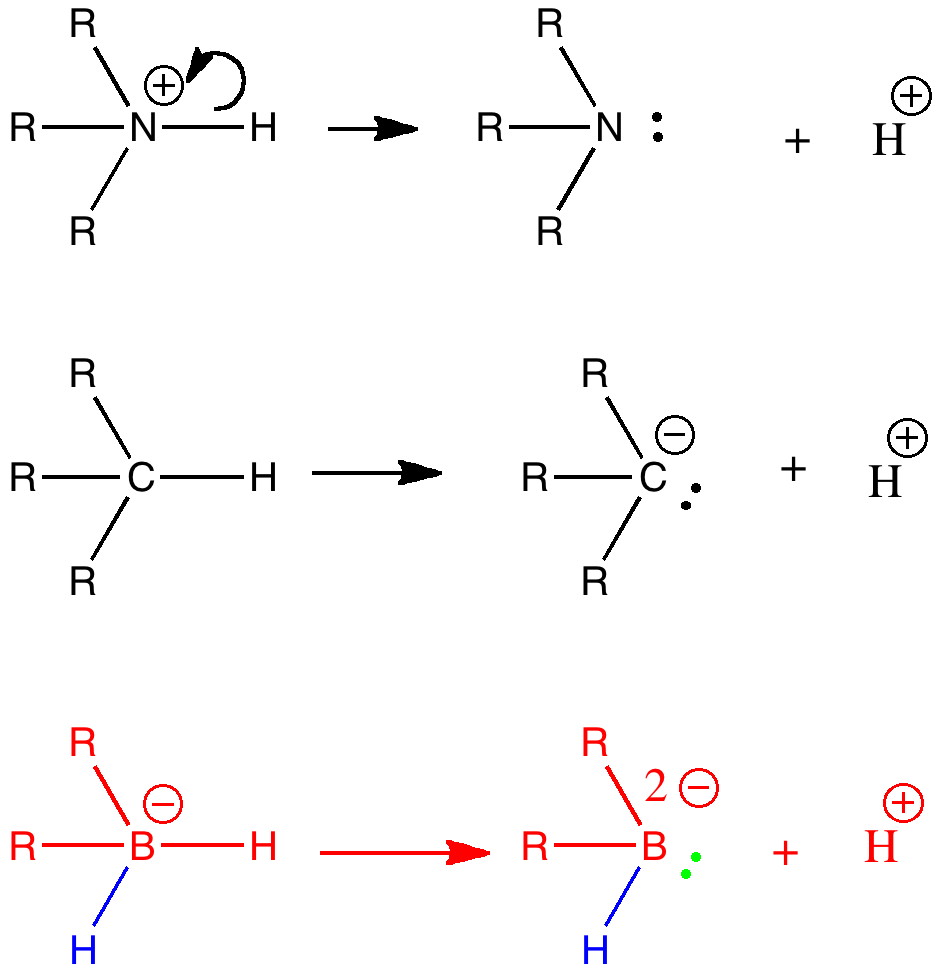
I have often heard the question posed “how much of chemistry has been discovered?” Another might be “has most of chemistry, like low-hanging fruit, already been picked?“. Well, time and time again, one comes across examples which are only a simple diagram or so away from what might be found in any introductory chemistry text, […]
